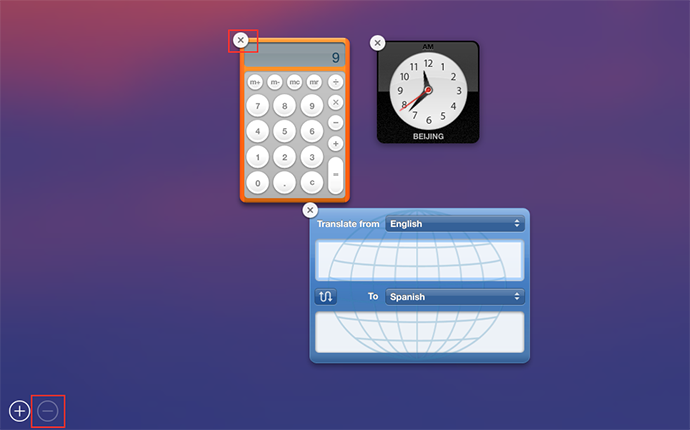
- MANAGING STARTUP TIME IN MAC HOW TO
- MANAGING STARTUP TIME IN MAC PLUS
- MANAGING STARTUP TIME IN MAC ZIP
- MANAGING STARTUP TIME IN MAC MAC
Once you check the box, you can select the specific disk you want Time Machine to support. You’ll want to select this checkbox to activate the service. Underneath this icon is the option to Back Up Automatically. When you enter the Time Machine screen, you’ll see the logo appear on the left-hand side of the window. It could be anything from a corrupted drive to unexpected power loss. Without this option activated, anything that causes an interruption of your macOS functionality could cause data loss.
MANAGING STARTUP TIME IN MAC HOW TO
How to Create a Time Machine BackupĪs part of your initial Time Machine settings, it’s a good idea to enable automatic backups first. Step 3:You’ll receive another set of options, with Time Machine being one of them. Step 2:When the dropdown set of choices appears, you’ll want to select System Preferences. Step 1:Select the Apple logo from the left side of your menu bar.
MANAGING STARTUP TIME IN MAC MAC
You’ll want to follow these steps to ensure you can start using Time Machine on Mac successfully. Since the Time Machine backup operates in the background automatically, you don’t need to access the service repetitively to continue saving your folders and files. If it is already operating, you’ll see choices that reflect the actions you can perform with this service.įor the average user, the only step you need to know for using Time Machine is to understand how to activate the service. Older operating systems sometimes have it as an independent option that you can select through Launchpad.Ĭlick on the Time Machine option to begin the activation process. If you didn’t turn this feature on during your macOS system’s initial setup phase, you could find it available in your System Preferences menu. When Time Machine saves an image, you keep the last few versions available locally to revert back to a previous setup if an error develops on your computer. You must activate it to take advantage of these benefits. This option provides a straightforward way to preserve your data’s integrity if something unexpected happens.

Your Mac operates Time Machine in the background. That information gets compressed into a single file that contains everything. Instead of creating one file out of a few documents or pictures, Time Machine takes an image of your entire drive.
MANAGING STARTUP TIME IN MAC ZIP
zip before, the process is somewhat similar. It is better to err on the side of caution and check with admins or the device’s user before making any changes to these directories.If you have ever compressed a file into a. Should you find something suspect when navigating through these directories, chances are good that they can simply be deleted without affecting any installed applications on the device. Furthermore, it’s not uncommon for developers to still leverage these paths, especially for older applications since it just works.īy default, however, these paths should be empty on a base system with macOS installed.

There’s nothing at the system-level to restrict the use of these directories by admins. Though these directories are all but deprecated–and Apple strongly advises against using them for managing startup items, like applications and scripts–they still appear in Apple’s most recent version of macOS Catalina. This includes the ability to hide the items by checking the appropriate box next to the item’s name so they launch but run quietly in the background until called to the foreground.īut, of course, being a computer system there are multiple ways to accomplish the same task, and Apple is no different by creating two directories that can be used to add and remove items from launching at startup: /Library/StartupItems /System/Library/StartupItems
MANAGING STARTUP TIME IN MAC PLUS
Modifying the applications included within this section to add or delete selected items–by using the plus “+” or minus “-” keys respectively–will allow users and admins to configure these settings as desired. SEE: Apple Macbook Air 2020: Cheat sheet (Free PDF) (TechRepblic) In macOS, the commonly used location to find these entries is in System Preferences, Users & Groups, Login Items.

Startup items can be found to some degree or another on all operating systems, and depending on which OS you’re talking about, there may be more than one path that exists to automatically launch applications upon starting up. ICloud Usage Policy (TechRepublic Premium) How to boost your iPhone’s battery chargeĬlean your Mac before you break down and buy a new one Startup items have long been a tool used to ensure applications and scripts execute when a Mac is started up. How to add and prevent startup applications in macOS


 0 kommentar(er)
0 kommentar(er)
